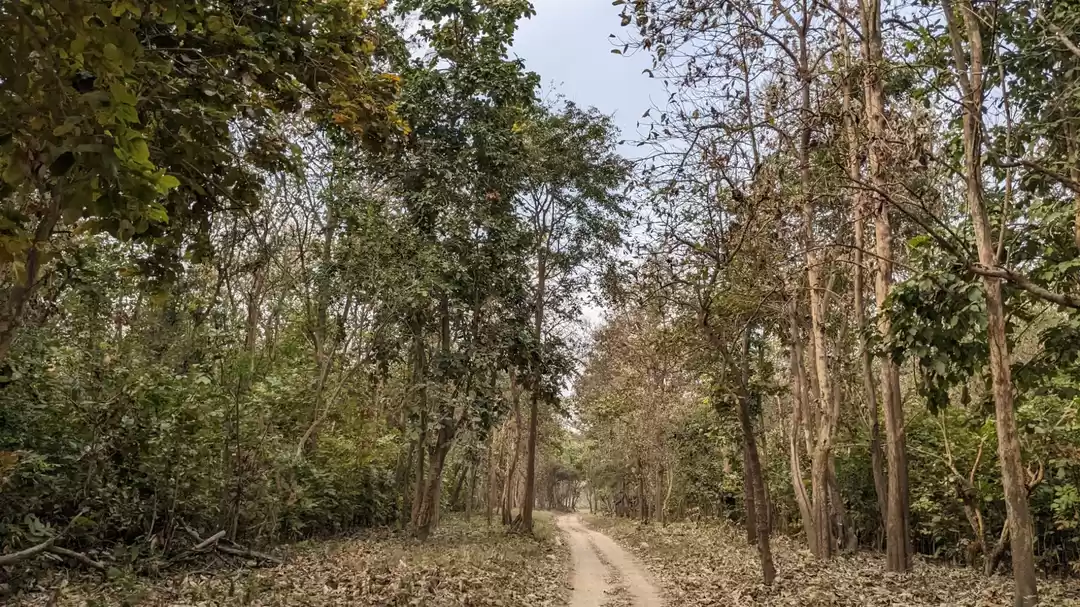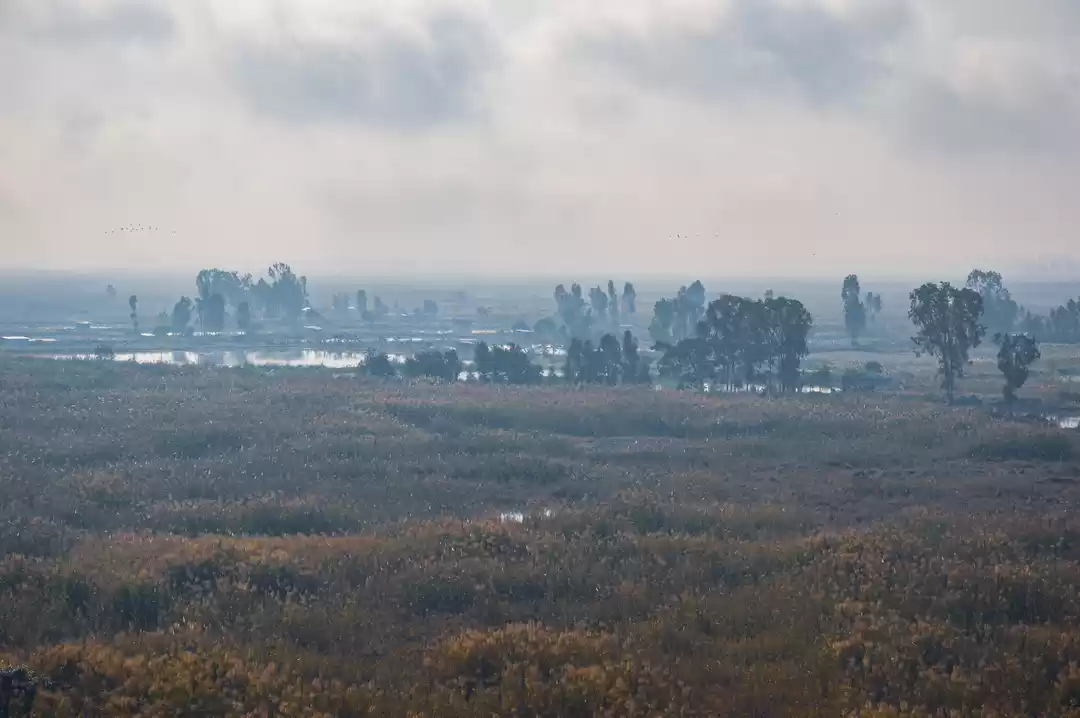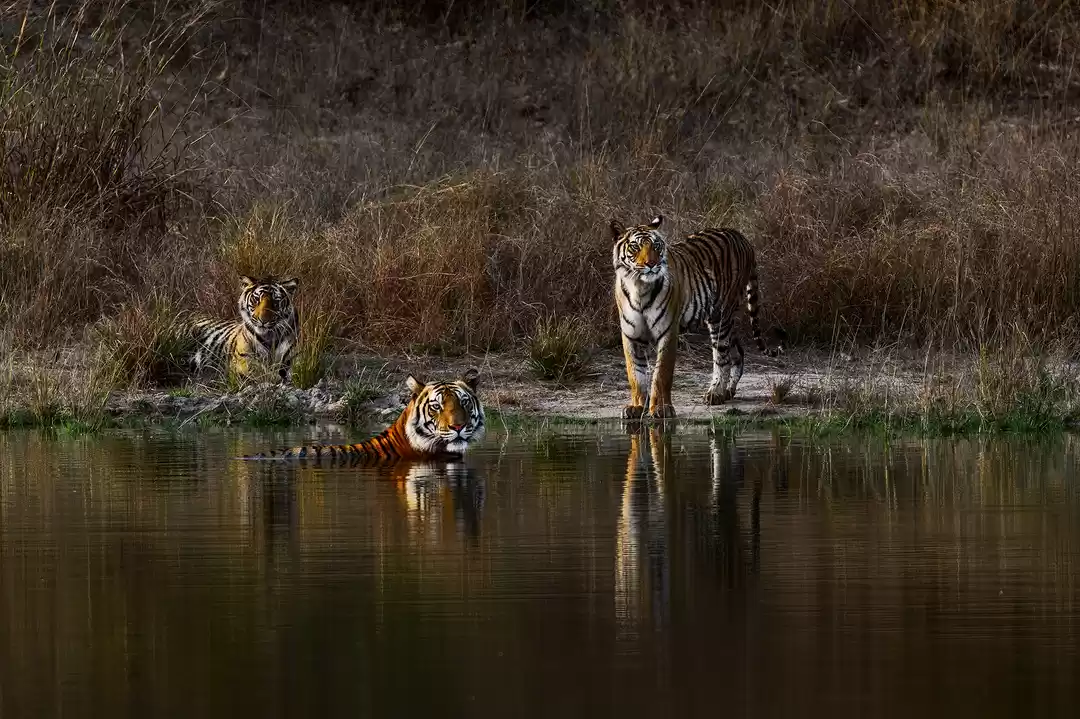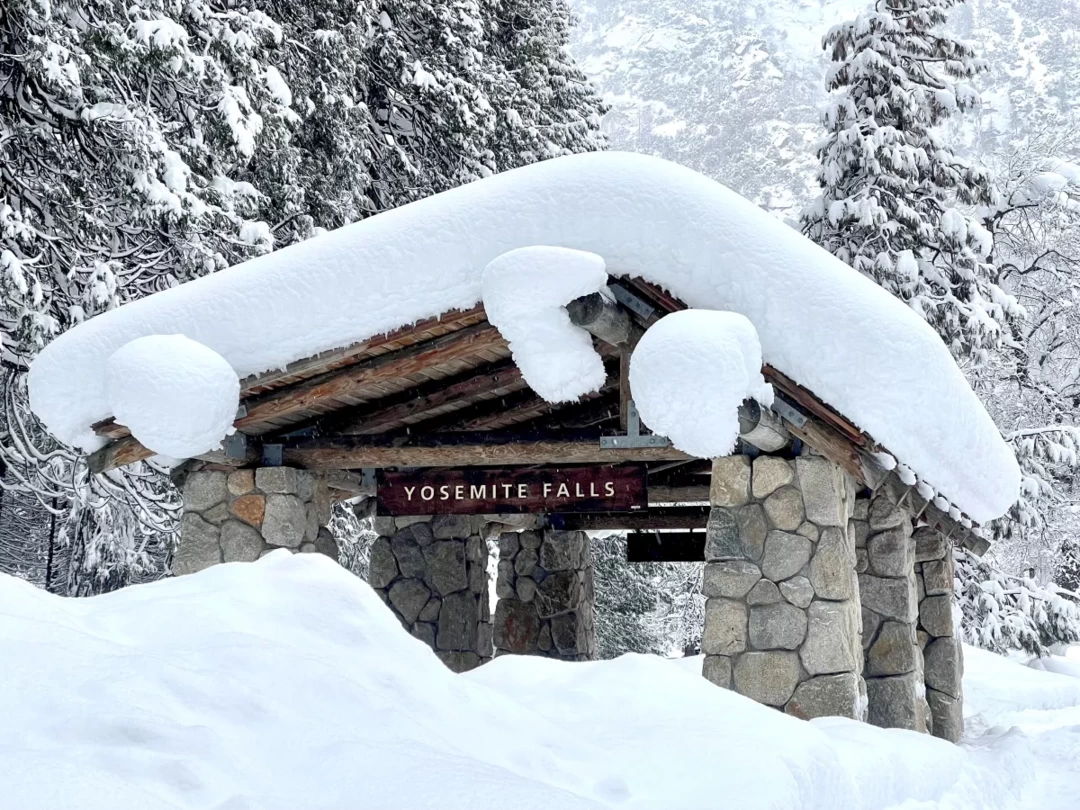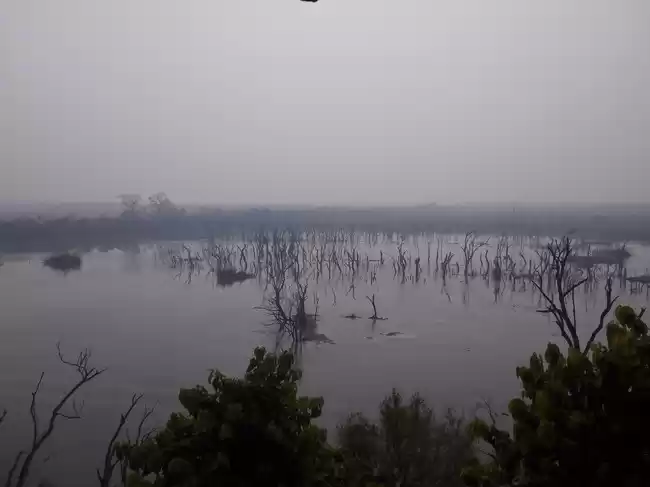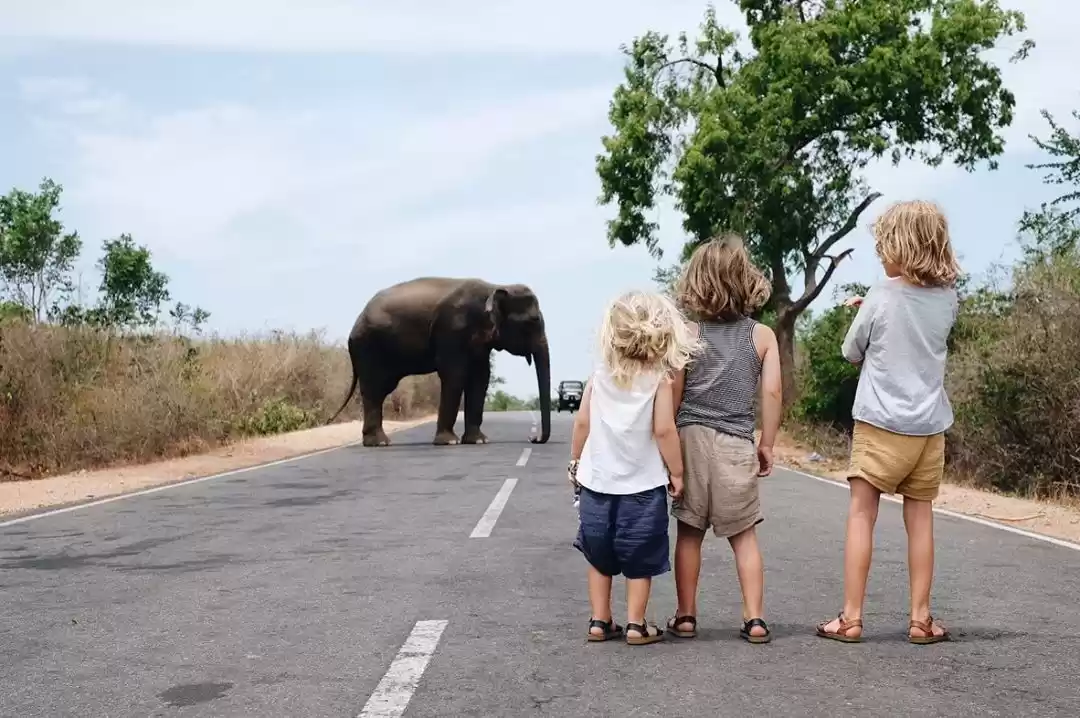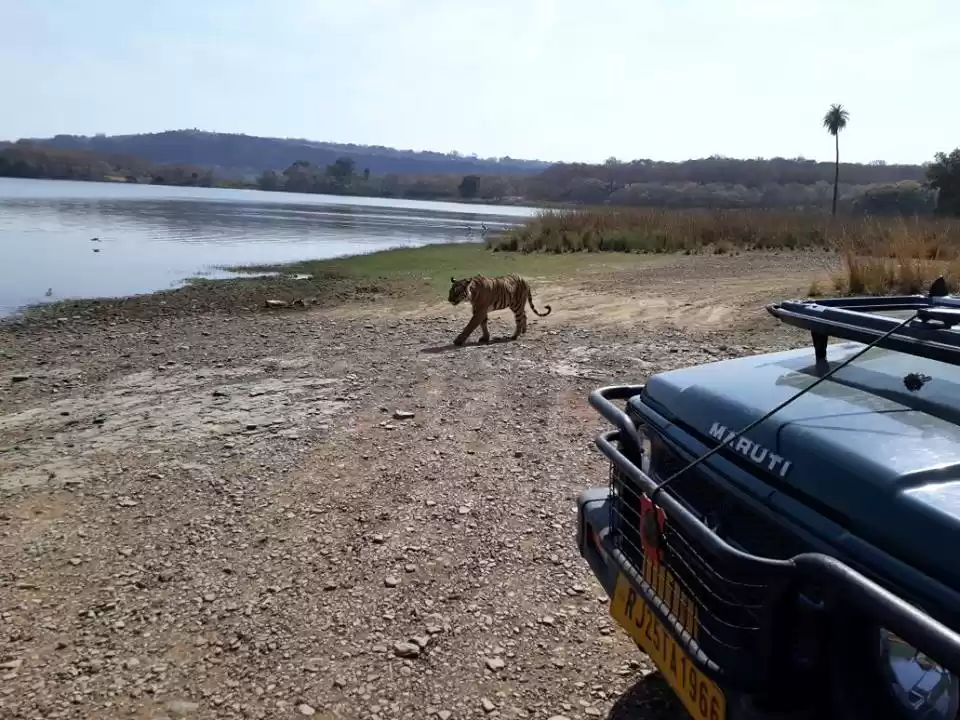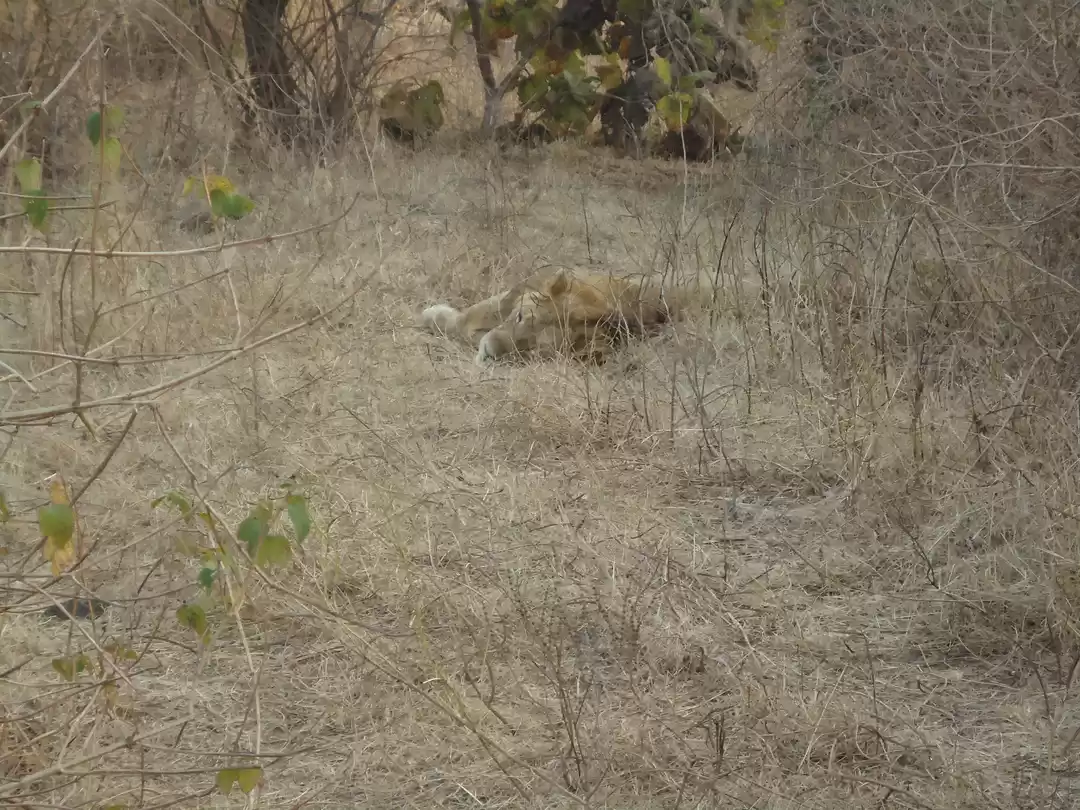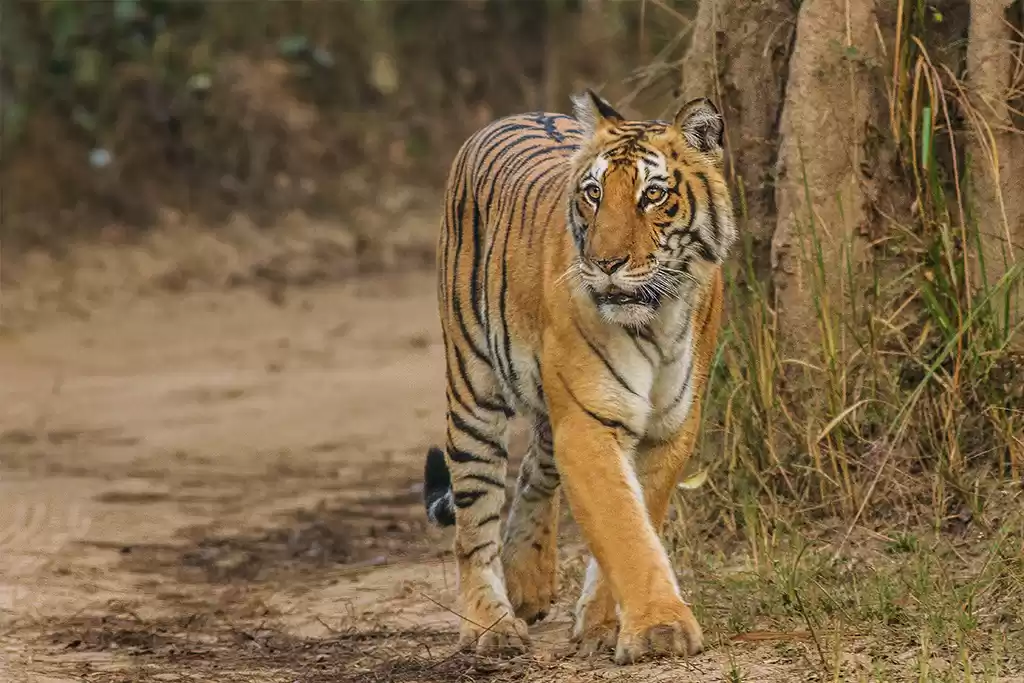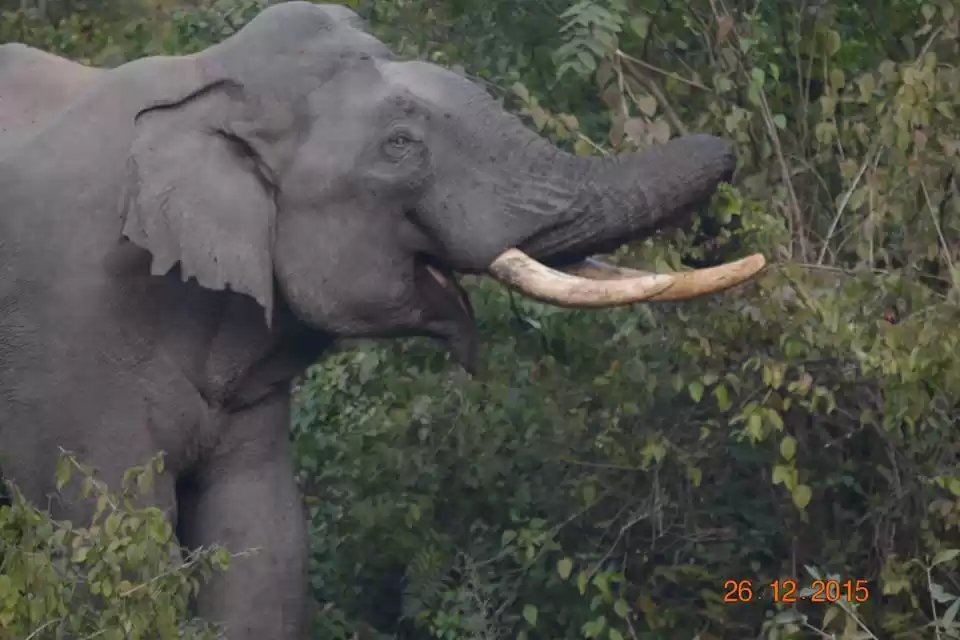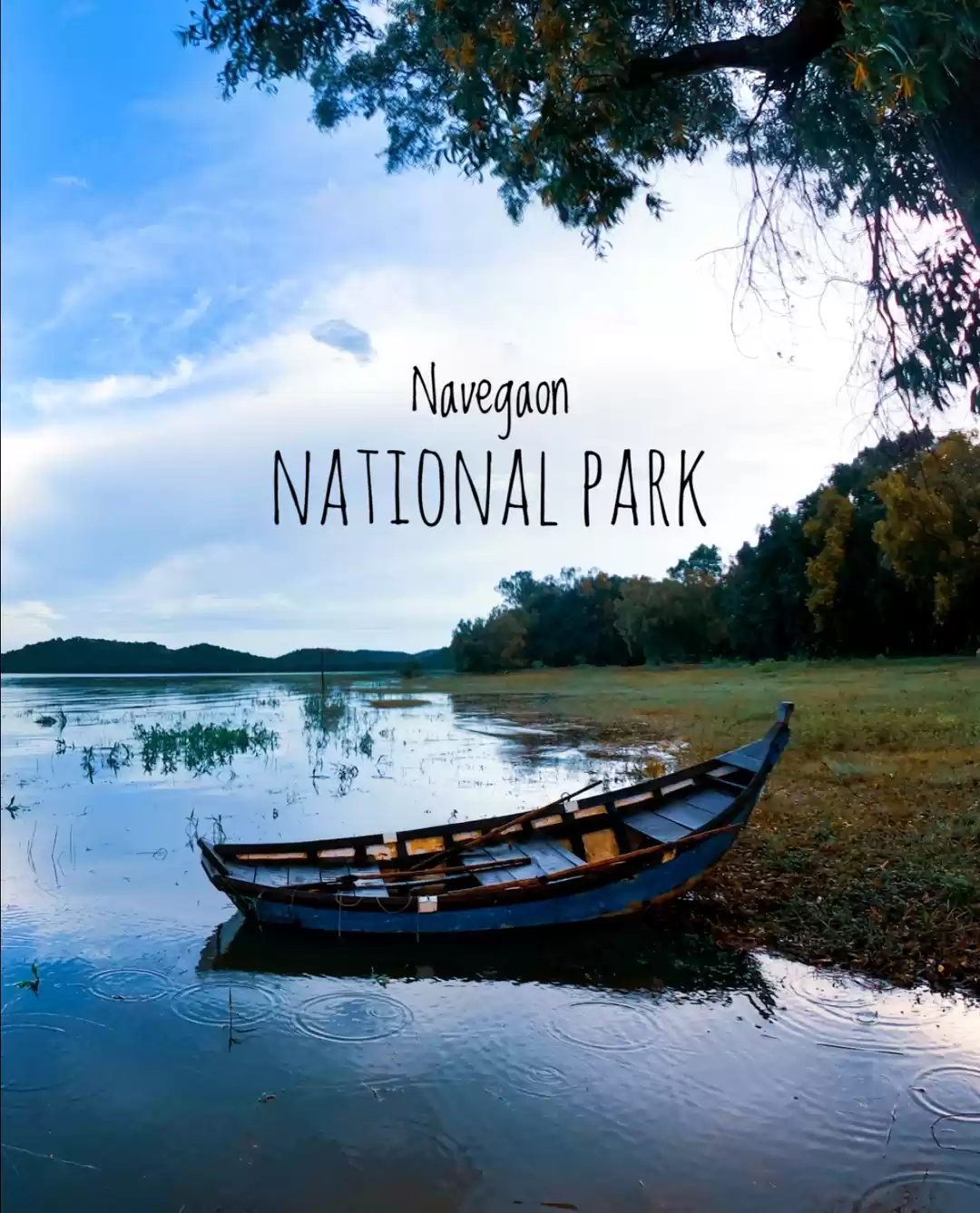Are you looking for a thrilling and unforgettable experience in the heart of Australia’s outback? Do you want to explore some of the most spectacular and diverse landscapes in the world? If yes, then you should visit Karijini National Park in Western Australia, one of the largest and most amazing national parks in the country.
Karijini National Park is located in the Pilbara region, about 1400 km north of Perth. It covers an area of over 6200 square km, and features stunning scenery, rich wildlife, and ancient culture. The park is famous for its gorges, waterways, and waterfalls, which offer endless opportunities for adventure and relaxation. You can hike, swim, camp, and tour the park with a local guide, and discover its beauty and history.
In this article, we will provide you with a complete guide to Karijini National Park, and help you plan your trip to this amazing destination.
By the end of this article, you will have all the information you need to enjoy your visit to Karijini National Park, and make the most of your time in this adventure paradise.
How to Get to Karijini National Park
There are several ways to reach Karijini National Park, depending on your budget, preference, and time. Here are some of the options:
By car:
Driving to Karijini National Park is a great way to experience the vast and varied landscape of Western Australia. You can rent a car in Perth, or any other major city, and follow the highways and roads that lead to the park. The drive can take anywhere from 14 to 20 hours, depending on your route and stops. You will need a 4WD vehicle to access some of the park’s attractions, such as the gorges and waterfalls. You can also join a guided tour that includes transportation, accommodation, and activities in the park.
By bus:
Taking a bus to Karijini National Park is another option, especially if you are on a budget or prefer not to drive. There are several bus companies that offer services to the park, such as Integrity Coach Lines and Greyhound Australia. The bus journey can take up to 24 hours, depending on your departure point and stops. You can book your tickets online or at the bus stations. You will need to arrange your own transportation within the park, or join a guided tour that includes transportation, accommodation, and activities in the park.
By train:
Travelling by train to Karijini National Park is a unique and scenic way to explore the region. You can take the Indian Pacific train from Perth to Paraburdoo, which is the nearest town to the park. The train journey can take up to 36 hours, depending on your departure time and stops. You can book your tickets online or at the train stations. You will need to arrange your own transportation from Paraburdoo to the park, or join a guided tour that includes transportation, accommodation, and activities in the park.
By plane:
Flying to Karijini National Park is the fastest and most convenient way to reach the park, but also the most expensive. You can fly from Perth to Paraburdoo, which is the nearest airport to the park. The flight can take about 2 hours, depending on your departure time and airline. You can book your tickets online or at the airport. You will need to arrange your own transportation from Paraburdoo to the park, or join a guided tour that includes transportation, accommodation, and activities in the park.
The best time to visit Karijini National Park is between April and October, when the weather is mild and dry, and the park is less crowded. The park is open all year round, but some attractions may be closed or inaccessible during the wet season, which is between November and March. The park can also get very hot and humid during the summer months, which can make hiking and camping uncomfortable.
What to Do in Karijini National Park
There are plenty of things to do in Karijini National Park, whether you are looking for adventure, relaxation, or culture. Here are some of the top attractions and activities in the park:

Soak up a dramatic view:
One of the best ways to appreciate the beauty and scale of Karijini National Park is to visit one of its many lookouts, which offer stunning views of the gorges, waterways, and waterfalls. Some of the most popular lookouts are Junction Pool Lookout, Oxer Lookout, Weano Gorge Lookout, and Hamersley Gorge Lookout. You can access these lookouts by car, or by walking along the trails that lead to them. You will be amazed by the contrast between the red rocks, the green vegetation, and the blue water.

Tour the gorges with a local:
Another way to explore Karijini National Park is to join a guided tour that takes you to some of the most spectacular and hidden gorges in the park. You can choose from different types of tours, such as walking, 4WD, or helicopter tours, depending on your budget, preference, and fitness level. You will learn about the geology, history, and culture of the park, and see some of the most amazing sights, such as Dales Gorge, Fortescue Falls, Fern Pool, Hancock Gorge, Kermits Pool, and Joffre Falls. You will also have the chance to swim, snorkel, or kayak in some of the gorges, and enjoy the refreshing water.

Swim in a waterfall pool:
One of the most rewarding and relaxing things to do in Karijini National Park is to swim in one of its many waterfall pools, which are natural pools formed by the waterfalls that cascade down the gorges. These pools are not only beautiful, but also refreshing and soothing, especially after a long hike or a hot day. Some of the most popular waterfall pools are Circular Pool, Fortescue Falls, Fern Pool, Knox Gorge Pool, and Spa Pool. You can access these pools by walking along the trails that lead to them, or by joining a guided tour that includes them. You will feel like you are in a paradise, surrounded by nature and tranquility.
Stop by the visitor centre:
If you want to learn more about Karijini National Park, you should visit the Karijini Visitor Centre, which is located near the entrance of the park. The visitor centre is open daily from 9 am to 4 pm, and offers a range of services and facilities, such as information, maps, brochures, exhibits, displays, souvenirs, toilets, and picnic areas. You can also watch a short film about the park, and see some of the artworks and crafts made by the local First Nations people, who are the traditional owners and custodians of the land.

Stay in a glamping retreat:
If you want to experience the park in style and comfort, you should stay in one of the glamping retreats that are available in the park. Glamping, or glamorous camping, is a type of accommodation that combines the luxury of a hotel with the adventure of camping. You can stay in a spacious and cozy tent, equipped with a bed, a bathroom, a kitchen, and a balcony. You can also enjoy the amenities and services of the retreat, such as a restaurant, a bar, a pool, and a spa. Some of the glamping retreats in the park are Karijini Eco Retreat, Kalamina Gorge Glamping, and Hamersley Gorge Glamping. You can book your stay online or at the visitor centre.
Walk the gorge rim track:
If you are looking for a moderate and scenic hike in Karijini National Park, you should walk the gorge rim track, which is a 12 km loop trail that follows the rim of Dales Gorge. The trail starts and ends at the Dales Gorge car park, and takes about 4 hours to complete. You will see some of the most beautiful views of the gorge, and pass by some of the park’s attractions, such as Circular Pool, Fortescue Falls, and Fern Pool. You can also descend into the gorge and swim in the pools, or continue along the trail and enjoy the views. The trail is well-marked and suitable for most fitness levels.
Try an adventurous hike:
If you are looking for a challenging and thrilling hike in Karijini National Park, you should try one of the adventurous hikes that take you to some of the most remote and rugged gorges in the park. These hikes are not for the faint-hearted, as they involve climbing, scrambling, sliding, and swimming through narrow and steep passages. You will need a high level of fitness, experience, and equipment, such as helmets, ropes, and wetsuits. You will also need a guide, or a permit if you are going on your own. Some of the adventurous hikes in the park are Hancock Gorge, Knox Gorge, Joffre Gorge, and Weano Gorge. You will be rewarded with some of the most amazing and exhilarating sights and experiences in the park.
Take a look at deep space:
If you are interested in astronomy and stargazing, you should take a look at deep space in Karijini National Park, which is one of the best places in the world to observe the night sky. The park has very low light pollution, and a clear and dry climate, which make it ideal for viewing the stars, planets, and galaxies. You can bring your own telescope, or join a guided tour that includes a telescope and an expert. You can also visit the Karijini Astronomy Centre, which is located near the Karijini Eco Retreat, and offers a range of services and facilities, such as a planetarium, a observatory, a museum, and a cafe. You will be amazed by the beauty and mystery of the cosmos.
What to See in Karijini National Park
Karijini National Park is not only a place for adventure, but also a place for discovery and appreciation. The park has a lot to offer in terms of natural and cultural features, such as its geology, wildlife, flora, and history. Here are some of the things to see in Karijini National Park:
Geology:
Karijini National Park is one of the oldest and most geologically diverse landscapes in the world. The park is part of the Hamersley Range, which is a series of mountains and plateaus that formed over two billion years ago. The park’s rocks are mostly composed of banded iron formations, which are layers of iron-rich minerals that were deposited by ancient oceans. The park’s gorges and waterfalls were carved by erosion and water over millions of years, creating the stunning scenery that we see today. You can learn more about the park’s geology at the visitor centre, or by joining a guided tour that explains the formation and evolution of the park.
Wildlife:
Karijini National Park is home to a variety of wildlife, both native and introduced, that live in different habitats and ecosystems. The park’s wildlife includes mammals, birds, reptiles, amphibians, fish, and insects. Some of the most common and iconic animals that you can see in the park are red kangaroos, euros, dingoes, echidnas, emus, wedge-tailed eagles, spinifex pigeons, sand goannas, olive pythons, green tree frogs, rainbow fish, and dragonflies. You can spot these animals by walking along the trails, or by joining a wildlife tour that takes you to the best places to see them. You can also see some of the park’s wildlife at the visitor centre, or by watching a wildlife documentary at the Karijini Astronomy Centre.
Flora:
Karijini National Park is also rich in flora, or plants, that grow in different seasons and conditions. The park’s flora includes trees, shrubs, grasses, flowers, and fungi. Some of the most common and beautiful plants that you can see in the park are snappy gums, mulga, spinifex, wattle, mulla mulla, sturt’s desert pea, and ghost mushrooms. You can admire these plants by walking along the trails, or by joining a flora tour that teaches you about the names, uses, and adaptations of the plants. You can also see some of the park’s plants at the visitor centre, or by visiting the Karijini Botanic Garden, which is located near the Karijini Eco Retreat, and showcases some of the park’s native and exotic plants.
Climate:
Karijini National Park has a semi-arid climate, which means that it has hot and dry summers, and mild and wet winters. The park’s average temperature ranges from 18°C to 36°C, depending on the season and location. The park’s average rainfall is about 300 mm per year, mostly falling between November and March. The park’s climate affects its flora and fauna, as well as its accessibility and activities. You can check the park’s weather forecast and alerts at the visitor centre, or online, before you visit the park, and prepare accordingly.
Culture:
Karijini National Park is not only a natural wonder, but also a cultural treasure. The park is the ancestral land of the Banyjima, Kurrama, and Innawonga people, who are the First Nations people of the region. They have lived in the park for over 30,000 years, and have a deep connection and respect for the land, water, and sky. They have a rich and diverse culture, which includes language, stories, art, music, and ceremonies. You can learn more about the park’s culture at the visitor centre, or by joining a cultural tour that introduces you to the First Nations people, their history, and their traditions. You can also see some of the park’s cultural features, such as rock paintings, engravings, and artefacts, at the visitor centre, or at the Karijini Cultural Centre, which is located near the Karijini Eco Retreat, and displays some of the park’s First Nations heritage and contemporary art.
What to Know about Karijini National Park
Before you visit Karijini National Park, there are some things that you should know about the park, such as its management, regulations, and fees. Here are some of the things to know about Karijini National Park:
Management:
Karijini National Park is managed by the Department of Biodiversity, Conservation and Attractions (DBCA), which is a government agency that oversees the conservation and recreation of Western Australia’s natural and cultural resources. The DBCA works in partnership with the Karijini National Park Board of Management, which is a representative body of the First Nations people, the local community, and the tourism industry. The DBCA and the board aim to protect and enhance the park’s values, and provide a safe and enjoyable experience for visitors.
Regulations:
Karijini National Park has some regulations that visitors must follow, to ensure the park’s conservation and safety. Some of the regulations are:
You must pay an entry fee to enter the park, which is $15 per vehicle, or $8 per person if you are on a bus or a tour. You can pay the fee at the visitor centre, or at the self-registration stations at the park’s entrances. You can also buy a park pass online or at the visitor centre, which gives you unlimited access to the park and other national parks in Western Australia for a period of time.
You must stay on the designated trails and roads, and follow the signs and directions in the park. You must not enter any areas that are closed or restricted, such as the gorges and waterfalls during the wet season, or the cultural sites without permission. You must also respect the park’s natural and cultural features, and not damage, disturb, or remove them.
You must camp only in the designated campgrounds, and book your site online or at the visitor centre. You must not camp in the gorges, or in any other areas that are not authorized. You must also follow the campground rules, such as keeping your site clean, quiet, and secure, and using the facilities and amenities provided.
You must dispose of your rubbish and waste properly, and not litter or dump in the park. You must use the bins and toilets provided, or take your rubbish and waste with you. You must also recycle and reduce your waste as much as possible, and avoid using single-use plastics and other harmful materials.
You must keep your pets and animals out of the park, as they can harm the park’s wildlife and environment. You must also keep your food and belongings away from the park’s animals, as they can be attracted and become aggressive or dependent. You must also observe and appreciate the park’s animals from a safe distance, and not feed, touch, or harass them.
You must be prepared and responsible for your own safety and well-being in the park, as the park can be dangerous and unpredictable. You must wear appropriate clothing and footwear, and carry enough water, food, and equipment. You must also check the weather and alerts before you visit the park, and avoid any activities that are beyond your ability or condition. You must also inform someone of your plans and whereabouts, and contact the park staff or emergency services if you need any help or assistance.
Karijini National Park is a must-see destination for anyone who loves nature and adventure. The park offers a range of attractions and activities that suit different tastes and preferences, and that showcase the park’s beauty and diversity. You can enjoy the park’s gorges, waterways, and waterfalls, and experience the park’s wildlife, flora, and climate. You can also learn about the park’s geology, history, and culture, and appreciate the park’s natural and cultural heritage.
We hope that this article has given you a complete guide to Karijini National Park, and has inspired you to visit this amazing place. If you are interested in booking or contacting us for more information, please click the button below, and we will be happy to assist you.
You can also check out our related articles and offers, which will give you more tips and recommendations on how to plan and enjoy your trip to Karijini National Park. Thank you for reading, and we hope to see you soon in this adventure paradise.

